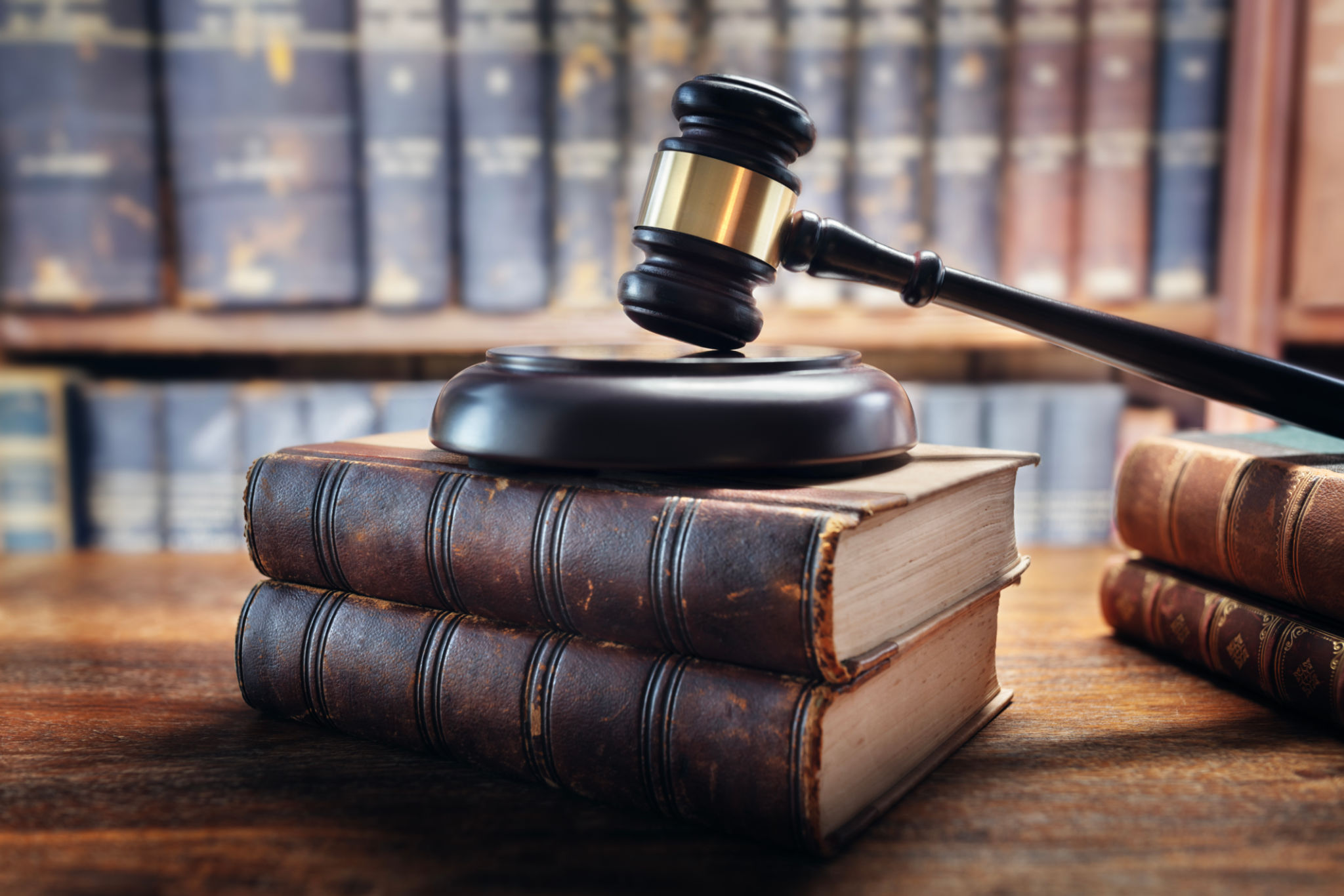Top Questions Answered: How Does Asset Recovery Work?
Understanding Asset Recovery
Asset recovery is a crucial process for individuals and businesses looking to reclaim assets that have been lost, stolen, or are otherwise unaccounted for. It involves a series of strategic steps designed to locate, recover, and return these assets to their rightful owners. This process can encompass a wide range of assets, including financial holdings, physical property, and intellectual property.
The importance of asset recovery cannot be overstated, especially in today's global economy where assets can be easily transferred across borders and hidden behind complex legal structures. Understanding how asset recovery works can empower individuals and organizations to protect their interests effectively.

What Assets Can Be Recovered?
Asset recovery is not limited to just one type of asset. It spans across various categories, including:
- Financial Assets: These include bank accounts, stocks, bonds, and other forms of securities.
- Physical Assets: This category covers real estate, vehicles, and valuable personal property.
- Intellectual Property: Patents, trademarks, copyrights, and trade secrets fall under this category.
Each asset type requires a different approach and expertise to successfully recover. Knowing the category of your asset helps in identifying the right recovery strategy.
The Asset Recovery Process
The asset recovery process typically follows a structured approach. Here are the key steps involved:
- Asset Identification: The first step is to identify which assets need to be recovered. This involves gathering evidence and documentation to establish a clear picture of the assets in question.
- Investigation: Once assets are identified, a thorough investigation is conducted to trace their location. This step may involve forensic accounting, legal research, and collaboration with international agencies.
- Legal Action: In many cases, legal action may be necessary to reclaim the assets. This could involve filing lawsuits, negotiating settlements, or working with law enforcement agencies.
- Recovery: The final step is the actual recovery of the assets. This may involve seizing physical property or transferring financial assets back to the rightful owner.

Challenges in Asset Recovery
While asset recovery is essential, it is not without its challenges. One major hurdle is the complexity of legal systems across different jurisdictions. Assets may be hidden in countries with strict privacy laws or complex legal requirements that can slow down recovery efforts.
Additionally, sophisticated methods used by individuals or entities to conceal assets can make the process more difficult. These methods might include using shell companies, offshore accounts, or complex web transactions that require specialized expertise to unravel.
The Role of Asset Recovery Professionals
Given the complexities involved in asset recovery, professional assistance is often invaluable. Asset recovery specialists have the expertise and resources needed to navigate legal complexities and effectively trace hidden assets.
These professionals might include forensic accountants, legal experts, investigators, and consultants who specialize in various aspects of asset recovery. Their coordinated efforts increase the chances of successful recovery significantly.

The Importance of Timely Action
One critical factor in successful asset recovery is the timeliness of action. The longer an asset remains unclaimed or hidden, the more challenging it becomes to recover. Statutes of limitations and evolving legal landscapes can also impact the feasibility of recovery efforts.
Therefore, it is crucial for individuals and businesses to act swiftly when they suspect assets are missing or have been unlawfully taken. Immediate action not only increases the likelihood of recovery but also minimizes potential losses.
Conclusion
Asset recovery is a vital process for reclaiming lost or hidden assets. While it can be complex and challenging, understanding the process and seeking professional assistance can greatly enhance the chances of a successful outcome. By staying informed and acting swiftly, individuals and organizations can protect their interests and ensure that their assets are returned to them.